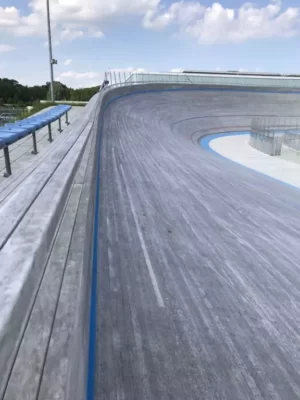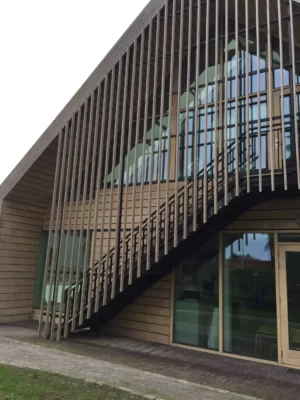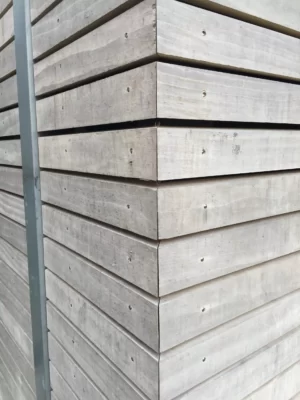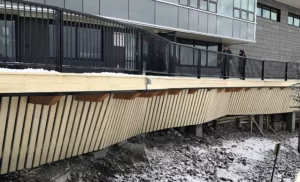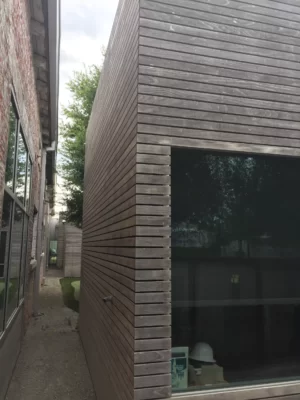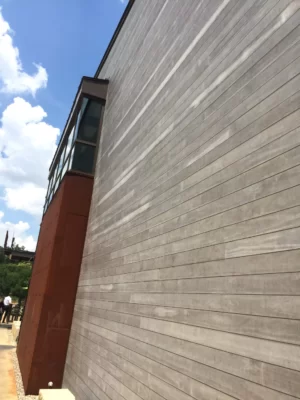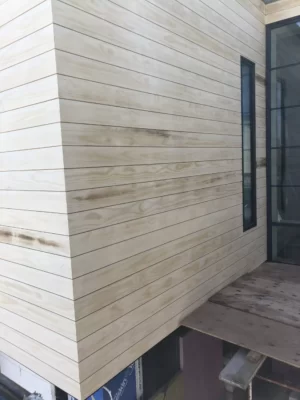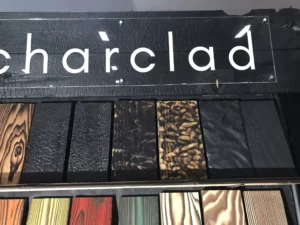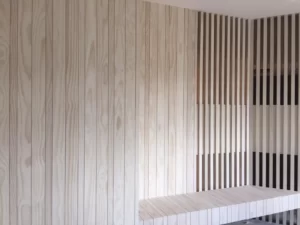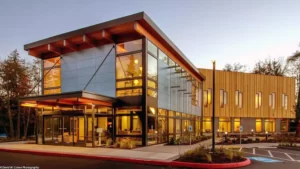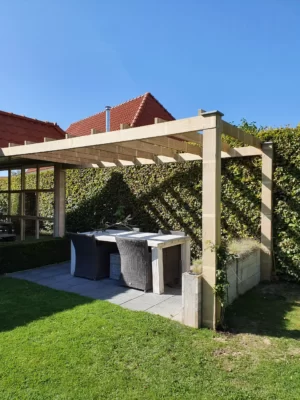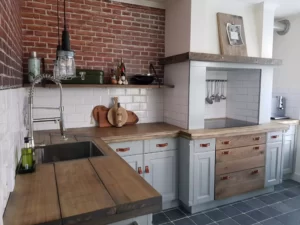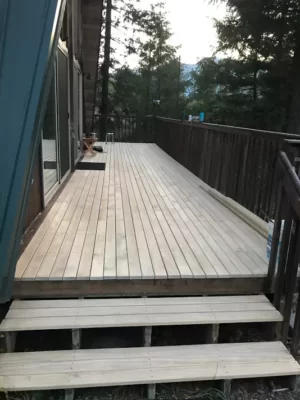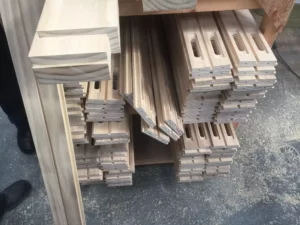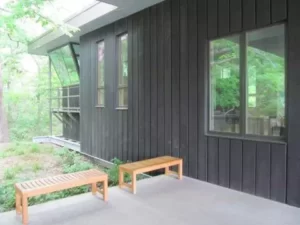Benefits of Acetylated WoodWhat is Acetylation?
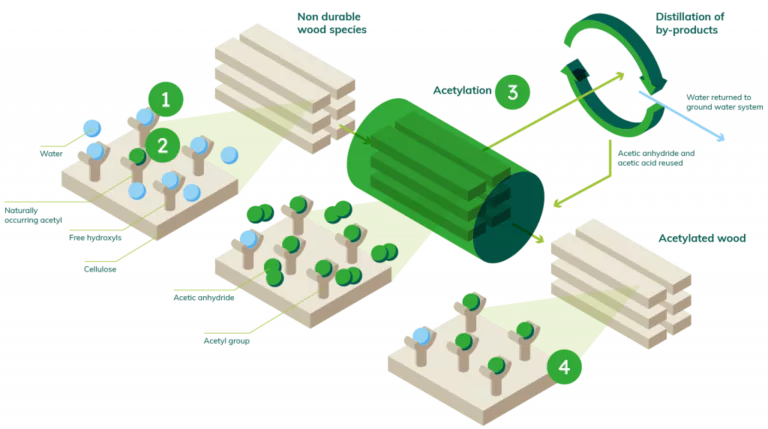 Rather than spin tales of hydroxyls, hydrogen atoms and other chemistry jargon, in the simplest terms we can muster (in the context of Accoya lumber technology) acetylation is: subjecting a softwood to a vinegar, which turns it into a hardwood by preventing the cells in the wood from being able to absorb water.
Rather than spin tales of hydroxyls, hydrogen atoms and other chemistry jargon, in the simplest terms we can muster (in the context of Accoya lumber technology) acetylation is: subjecting a softwood to a vinegar, which turns it into a hardwood by preventing the cells in the wood from being able to absorb water.
So acetylated wood is… Pickled wood?
More or less. Yes.
Okay, the chemistry behind this is a little complex, and the vinegar is acetic anhydride. Not quite the malt vinegar for your fish and chips. But the principle is there.
Not at all. Don’t let the chemical name scare you. As sodium chloride is actually salt or dihydrogen monoxide is water. Nobody has come up with a sexy name for this vinegar yet. But importantly the reactive organic components are carbon, oxygen and hydrogen. So it’s not toxic at all.
The benefits of using acetylated wood.
When making anything out of wood, water is a main troublemaker.
Keep wood dry and well maintained and it’s one of the greatest materials of all time. But introduce water? Problems begin to seep in. With untreated, badly treated or unmodified wood, water can bring a whole host of problems including rotting, warping, splintering, swelling, shrinking and being food for hungry insects.
Acetylation wood technology removes the issue at source and is modified to the core, rather than treating wood with a toxic chemical trying to stop rot or insect attacks and not helping with other water issues. The result is real wood that doesn’t rot. It will hardly warp, swell or shrink. It doesn’t splinter and it isn’t termite chow.
What does Modified to the Core mean?
Accoya lumber is modified to its core, meaning it is unlike other treated wood products, which tend to receive surface-level treatment.
Accoya consumers can have total confidence in its durability not possible with traditional lumber. When Accoya is cut or jointed, there are no exposed unacetylated surfaces in any dimension of Accoya.
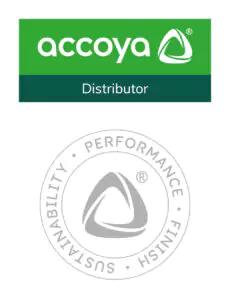

 Rather than spin tales of hydroxyls, hydrogen atoms and other chemistry jargon, in the simplest terms we can muster (in the context of Accoya lumber technology) acetylation is: subjecting a softwood to a vinegar, which turns it into a hardwood by preventing the cells in the wood from being able to absorb water.
Rather than spin tales of hydroxyls, hydrogen atoms and other chemistry jargon, in the simplest terms we can muster (in the context of Accoya lumber technology) acetylation is: subjecting a softwood to a vinegar, which turns it into a hardwood by preventing the cells in the wood from being able to absorb water.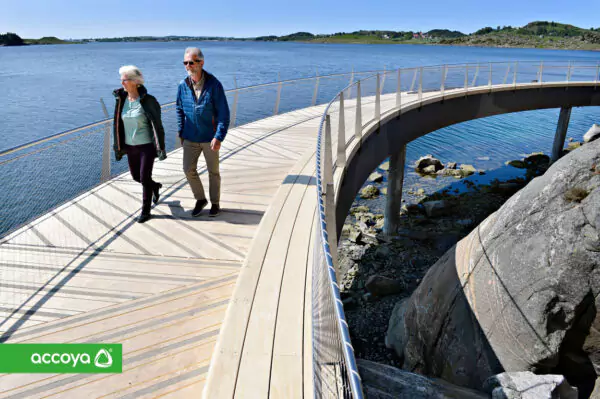
 Accoya® Color Grey Decking combines the beauty of natural, sustainable wood with the advanced performance of an enhanced material to create the ultimate decking solution for outside living spaces.
Accoya® Color Grey Decking combines the beauty of natural, sustainable wood with the advanced performance of an enhanced material to create the ultimate decking solution for outside living spaces.